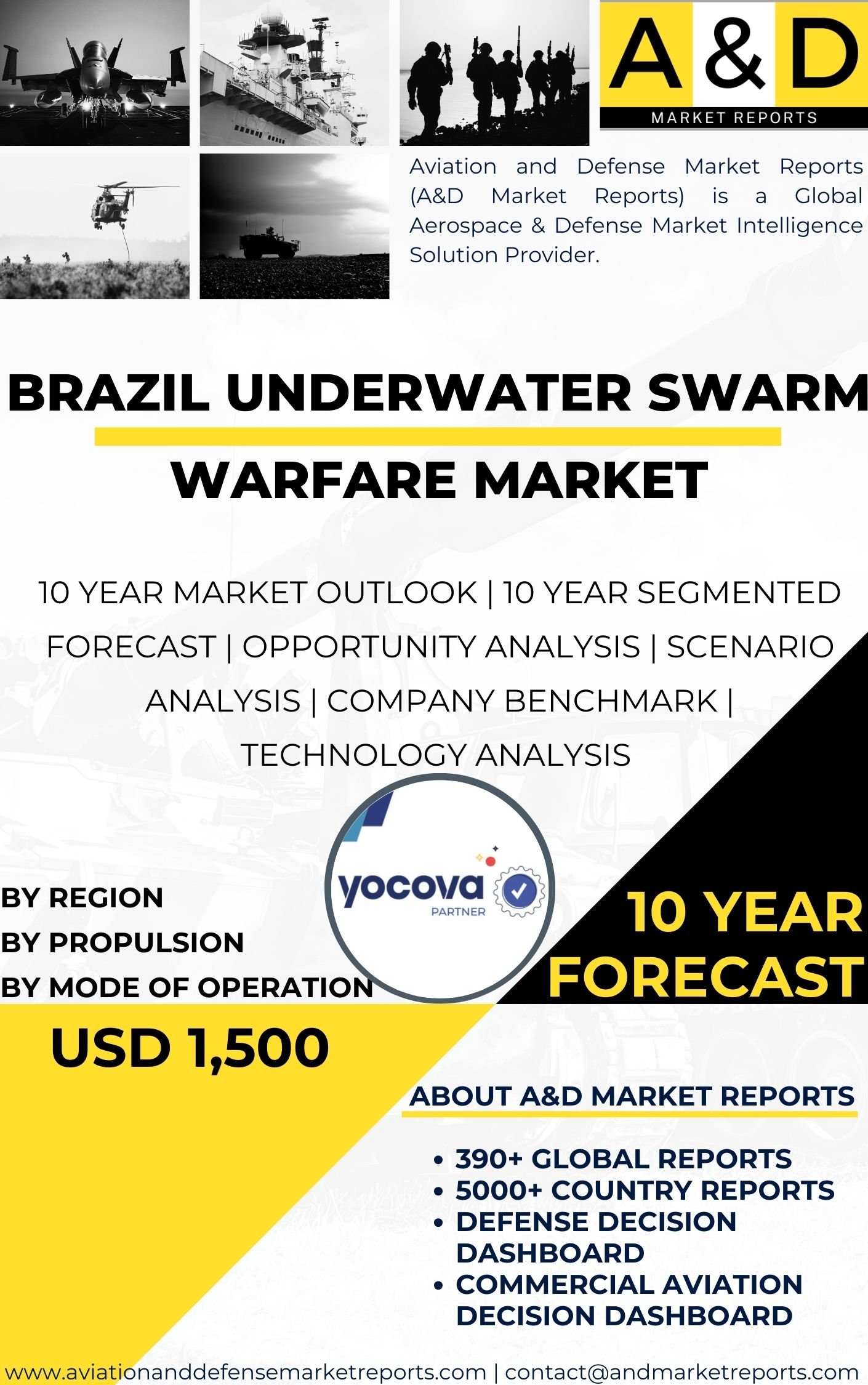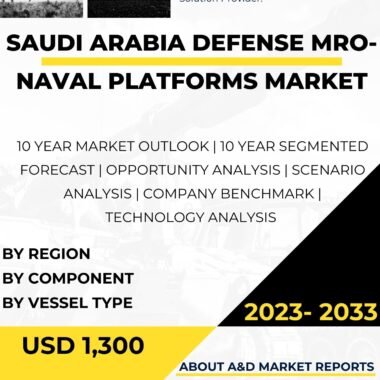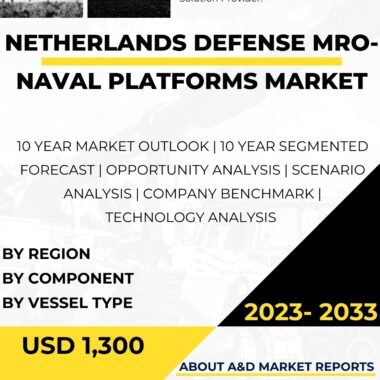Description
Brazil’s Strategic Advantages in Underwater Swarm Warfare
Brazil Underwater Swarm Warfare market not only enhances its naval capabilities but also leverages its unique geographic and strategic advantages to maximize the effectiveness of autonomous underwater vehicle (AUV) swarms. These advantages position Brazil as a key player in the global underwater warfare landscape.
Extensive Coastline and Maritime Territory
Brazil’s 7,491-kilometer coastline and vast exclusive economic zone (EEZ) provide an ideal environment for deploying underwater swarm warfare systems. The diverse underwater topography, including shallow littoral waters and deep offshore regions, allows Brazil to test and refine AUV swarm tactics across varied conditions. This geographic advantage enables Brazil to develop tailored strategies for surveillance, reconnaissance, and defense along its maritime borders.
Protection of Offshore Assets
Brazil’s offshore oil and gas fields, such as those in the Santos and Campos Basins, are critical to its economy. AUV swarms offer a cost-effective and scalable solution for monitoring and protecting these assets from threats like sabotage or illegal activities. By deploying swarms for continuous surveillance, Brazil can ensure the security of its offshore infrastructure while maintaining operational efficiency.
Regional Influence in South America
As a leading maritime power in South America, Brazil’s adoption of underwater swarm warfare strengthens its regional influence. By pioneering advanced naval technologies, Brazil can set a benchmark for maritime security in the region, fostering cooperation with neighboring countries and contributing to collective defense initiatives. This leadership enhances Brazil’s geopolitical standing and supports regional stability.
Synergy with Civilian Applications
Brazil’s strategic investment in underwater swarm technology extends to civilian applications, amplifying its impact. AUV swarms can support Brazil’s efforts in marine conservation, particularly in sensitive areas like the Amazon Reef. By integrating swarm data into environmental policies, Brazil strengthens its commitment to sustainable development, aligning national security with global environmental goals.
In summary, Brazil’s strategic advantages—its extensive maritime territory, critical offshore assets, regional leadership, and synergy with civilian applications—amplify the impact of its participation in the underwater swarm warfare market. These factors position Brazil to effectively harness AUV swarm technology, ensuring both national security and contributions to global maritime innovation.
Table of content
Table Of Contents
1 Market Introduction
1.1 Market Introduction
1.2 Market Definition
1.3 Market Segmentation
1.4 10 Year Market Outlook
2 Market Technologies
3 Global Market Forecast
3.1 Global Market Forecast
3.2 By Mode of Operation
3.3 By Propulsion
4 South AmericaMarket Trends & Forecast
4.1 Drivers, Restraints And Challenges
4.2 PEST
4.3 Market Forecast
4.3.1 Market Forecast By Mode of Operation
4.3.2 Market Forecast By Propulsion
4.4 Scenario Analysis
4.5 Key Companies& Profiling
5 Brazil Analysis
5.1 Current Levels Of Technology Maturation In This Market
5.2 Market Forecast
5.2.1 Market Forecast By Mode of Operation
5.2.2 Market Forecast By Propulsion
5.3 Scenario Analysis
5.4 Country Defense Budget (Historical and 10- year forecast)
5.5 Defense Budget Category Spending- 10- year forecast
5.6 Procurement Analysis
5.7 EXIM Data
5.8 Patents
6 Opportunity Matrix
6.1 By Mode of Operation
6.2 By Propulsion
7 Scenario Analysis
7.1 Scenario 1
7.1.1 By Mode of Operation (Scenario-1)
7.1.2 By Propulsion(Scenario-1)
7.2 Scenario 2
7.2.1 By Mode of Operation (Scenario-2)
7.2.2 By Propulsion(Scenario-2)
8 Company Benchmark
9 Strategic Conclusions
10 About Aviation And Defense Market Reports
Segments
By Mode Of Operation
By Propulsion
List of Tables
Table1: Global Market Forecast, Underwater Swarm Warfare Market
Table2: South America Market Forecast, Underwater Swarm Warfare Market
Table3: South America Market Forecast, By Mode Of Operation
Table4: South America Market Forecast, By Propulsion
Table5: South America, Scenario Analysis
Table6: Brazil Market Forecast, Underwater Swarm Warfare Market
Table7: Brazil Market Forecast, By Mode Of Operation
Table8: Brazil Market Forecast, By Propulsion
Table9: Brazil, Scenario Analysis
Table 10: Brazil Defense Budget 10 Year Forecast
Table 11: Brazil, Defense Budget Category Spending- 10- year forecast
Table 12: Brazil, Procurement Analysis
Table 13: Brazil, EXIM Data Analysis
Table 14: Brazil, Opportunity Analysis, By Mode Of Operation
Table 15: Brazil, Opportunity Analysis, By Propulsion
Table 16: Brazil, Scenario Analysis, By Mode Of Operation
Table 17: Brazil, Scenario Analysis, By Propulsion
Figure 1: Market Segmentation, Brazil Underwater Swarm Warfare Market
Figure 2: Key Technology Analysis, Underwater Swarm Warfare Market
Figure 3: Global Market Forecast, Underwater Swarm Warfare Market
Figure 4: South America, Market Forecast, Underwater Swarm Warfare Market
Figure 5: South America, Market Forecast, By Mode Of Operation
Figure 6: South America, Market Forecast, By Propulsion
Figure 7: South America, Scenario Analysis
Figure 8: Brazil, Market Forecast, Underwater Swarm Warfare Market
Figure 9: Brazil, Market Forecast, By Mode Of Operation
Figure 10: Brazil, Market Forecast, By Propulsion
Figure 11: Brazil, Scenario Analysis
Figure 12: Brazil, Defense Budget 10 Year Forecast
Figure 13: Brazil, Defense Budget Category Spending- 10- year forecast
Figure 14: Brazil, Procurement Analysis
Figure 15: Brazil, EXIM Data Analysis
Figure 16: Brazil, Opportunity Analysis, By Mode Of Operation
Figure 17: Brazil, Opportunity Analysis, By Propulsion
Figure 18: Brazil, Scenario Analysis, By Mode Of Operation
Figure 19: Brazil, Scenario Analysis, By Propulsion
Figure 20: Company Benchmark




